In recent years, the demand for second hand oil tankers in Kenya has surged, reflecting the dynamic landscape of the country’s transportation industry. Companies are constantly seeking economical solutions without sacrificing quality or reliability. At CarMax Vehicle, we recognize the necessity for robust, cost-effective vessels that meet the unique needs of local businesses. This comprehensive guide will delve into the nuances of purchasing a second hand oil tanker in Kenya, exploring factors like market trends, key features to look for, and essential maintenance tips to maximize your investment.
The Growing Demand for Second Hand Oil Tankers
Kenya’s burgeoning economy has sparked a feverish growth in its oil sector. Increasing transportation requirements and a rise in logistical operations have propelled the need for durable and reliable vessels. The allure of second hand oil tankers lies not just in their reduced initial purchase prices; they also hold commendable resale value should the need arise to upgrade or change logistics strategy.
Table: Factors Driving Demand
| Factors | Description |
|---|---|
| Economic Growth | Rising GDP leads to increased oil consumption |
| Infrastructure Development | Enhanced roads and ports improve logistical capabilities |
| Environmental Regulations | Shift towards more sustainable transportation solutions |
| Cost-Effectiveness | Lower acquisition costs compared to new tankers |

What to Look For When Buying a Second Hand Oil Tanker
Investing in a second hand oil tanker requires careful consideration and attention to detail. Here are the critical elements to evaluate:
1. Tanker Specifications
Understanding the specifications of potential tankers is crucial. These include:
- Capacity: The volume of oil the tanker can carry plays a significant role in operational efficiency. Ensure it aligns with your logistical needs.
- Dimensions: Evaluate the size for compatibility with various transport routes, including road restrictions.
- Material Construction: High-quality steel ensures durability and resistance to corrosion, vital for oil transportation.
2. Maintenance History
A transparent record of maintenance is essential. Request documentation detailing previous inspections, repairs, and upgrades. Ideally, you should find vessels that have undergone regular maintenance, showcasing:
- Schedule Adherence: Regular service checks indicate diligent upkeep.
- Repair Documentation: Comprehensive records of repairs can highlight recurring issues or assure reliability.

3. Compliance with Regulations
For transporting oil, adherence to safety and environmental regulations is non-negotiable. Assess whether:
- The tanker meets Kenyan Maritime Authority guidelines.
- It has passed relevant safety inspections and possesses necessary certifications.
- It complies with international standards for oil transport.
4. The Reputation of the Manufacturer
While the focus is on second hand options, understanding the manufacturer’s reputation is paramount. Manufacturers like CarMax Vehicle are known for their durable build quality and innovative designs. A manufacturer with a robust reputation can provide:
- Post-Purchase Support: Ensure that assistance is available for maintenance and repairs.
- Accessory Availability: Look for availability of parts for any upgrades needed in the future.
5. Price Comparisons
Conducting thorough price comparisons between different models is key. If options are available, compare:
- Initial Purchase Cost: Focus solely on the upfront costs of the tanker.
- Operating Costs: Consider fuel efficiency and ongoing maintenance.

Financing Your Second Hand Oil Tanker
Navigating the financial aspects of acquiring a second hand oil tanker can be equally as daunting as the purchase itself. Here are some insightful avenues for potential financing:
1. Direct Purchase
The most straightforward method is a direct cash purchase. Often allows for greater negotiation flexibility with the seller. However, this approach requires sufficient liquidity.
2. Financing Through Banks
Banks may offer specialized loans for acquiring second-hand vessels. With potentially favorable interest rates, these loans can ease initial financial burdens.

3. Leasing Options
Leasing is an unconventional route that circulates ownership. This route minimizes upfront costs while allowing you to operate the vessel.
4. Manufacturer-Financed Options
Some manufacturers, like CarMax Vehicle, may provide financing arrangements directly. This ensures that buyers are not only acquiring a vessel but also receiving ongoing support.
Understanding the Insurance Requirements
Securing appropriate insurance coverage is vital to safeguard your investment. It’s essential to proactively engage with insurance experts to discuss tailored policies; this will cover:
- Hull and Machinery Insurance: Protect against physical damage to the vessel.
- Cargo Insurance: Essential for covering losses related to potential oil spills or damage during transport.
- Liability Coverage: To guard against third-party claims arising from accidents or spills.

Maintenance Tips for Your Second Hand Oil Tanker
To maintain the integrity of your investment, comprehensive maintenance is crucial. Here are essential tips and routines:
Routine Checks
Regular inspections of the hull, engine, and deck equipment should be conducted quarterly. Look specifically for:
- Corrosion Signs: Promptly tackle any rust to preserve the tanker’s lifespan.
- Leak Tests: Implement regular checks for any leaks which could lead to environmental damage.
Engine Maintenance
Proper engine management will ensure optimal operational efficiency. Regularly service oil, filters, and cooling systems. Keeping a detailed service log aids in monitoring the overall health of the engine.

Annual Dry Docking
Every year, dry dock the tanker for thorough inspections. This process allows for detailed assessments and repairs that are difficult to manage while afloat.
Training for Crew
Investing in thorough training for your crew will maximize safety and efficiency. Proper training directly impacts operational integrity and minimizes the risk of accidents.
Comparison: Buying New vs. Second Hand Oil Tankers
| Feature | Second Hand Oil Tanker | New Oil Tanker |
|---|---|---|
| Initial Cost | Generally lower, budget-friendly | Higher upfront investment |
| Maintenance History | May come with proven reliability | Potentially unknown history |
| Modern Technology | May lack latest features | Equipped with cutting-edge technologies |
| Depreciation Rate | Slower depreciation, higher resale value | Rapid depreciation in early years |

Conclusion
The acquisition of a second hand oil tanker in Kenya is laden with opportunity, provided that one approaches the purchasing process with diligence. We at CarMax Vehicle offer high-quality tankers backed by our commitment to excellence. Whether you prioritize cost, reliability, or post-purchase support, we are here to facilitate your journey towards securing the right vessel for your operational needs.
FAQs
Why should I consider a second hand oil tanker?
Second hand oil tankers are often more affordable while providing excellent durability and reliability, making them a practical choice for businesses in Kenya.

How do I ensure I am not buying a damaged tanker?
Request a detailed maintenance record and have a qualified marine surveyor inspect the tanker before purchase.
What are the common maintenance costs for oil tankers?
Regular inspections, engine servicing, and compliance checks primarily contribute to ongoing maintenance costs, which can vary based on usage.
Are second hand oil tankers compliant with current regulations in Kenya?
Always verify that the tanker meets the latest safety and environmental standards as set forth by the Kenyan Maritime Authority before purchasing.


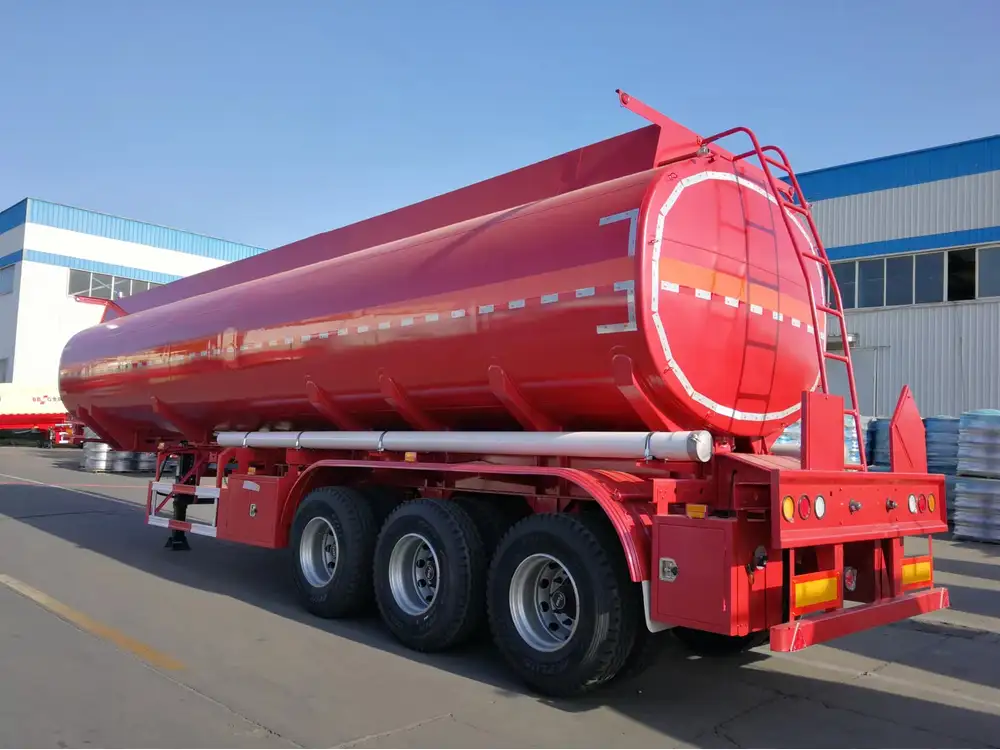


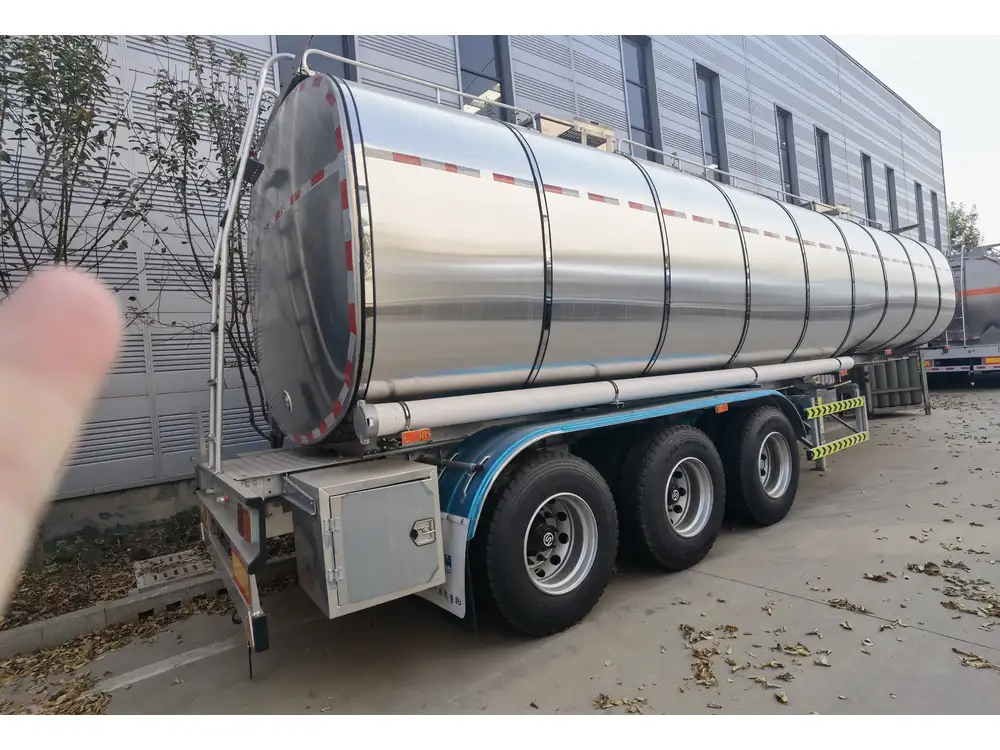

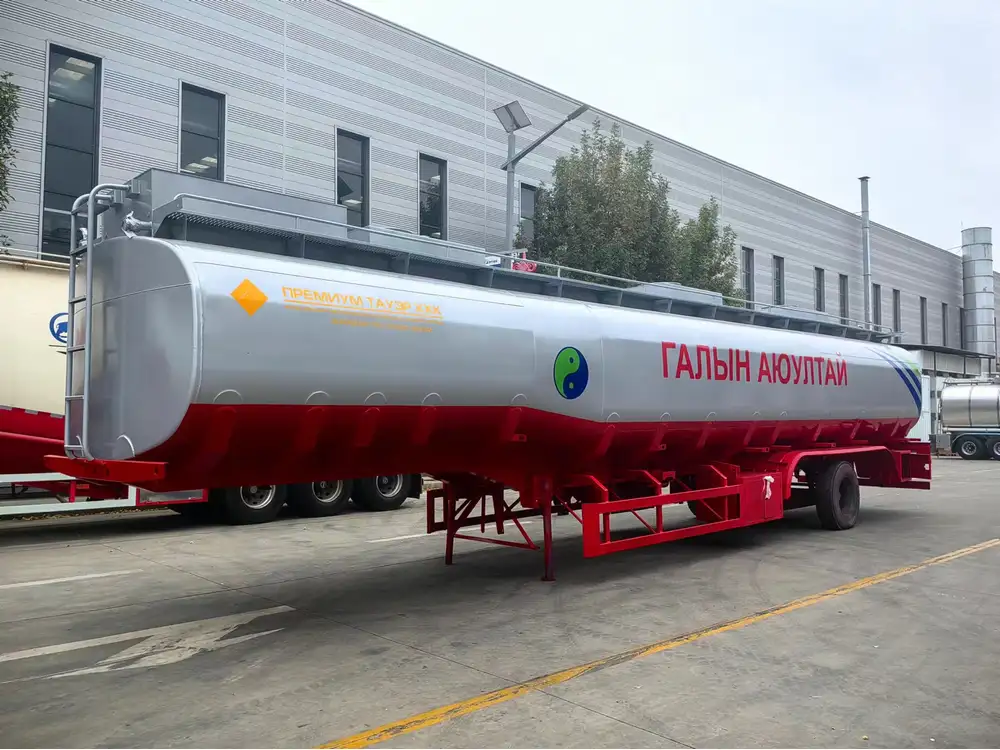
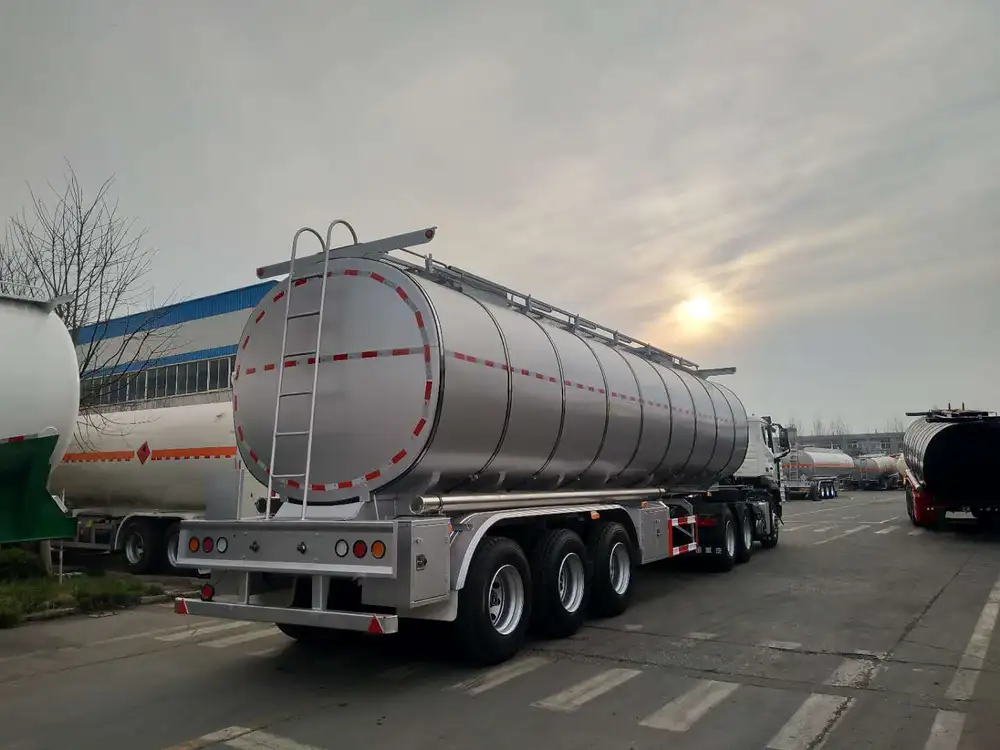

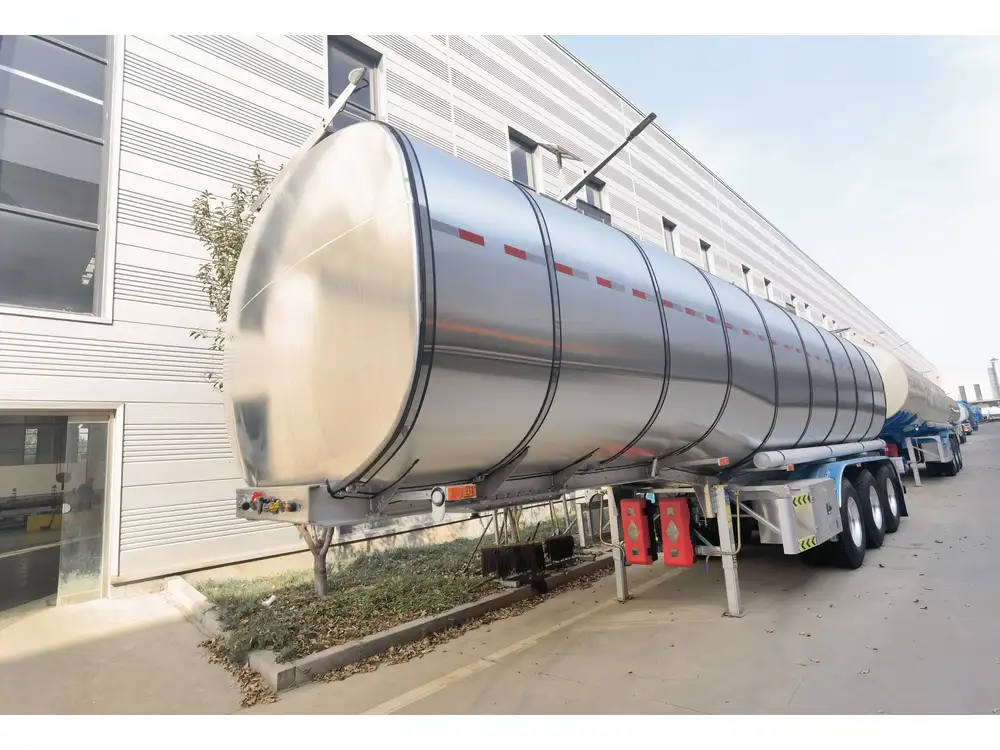


Reviews
There are no reviews yet.